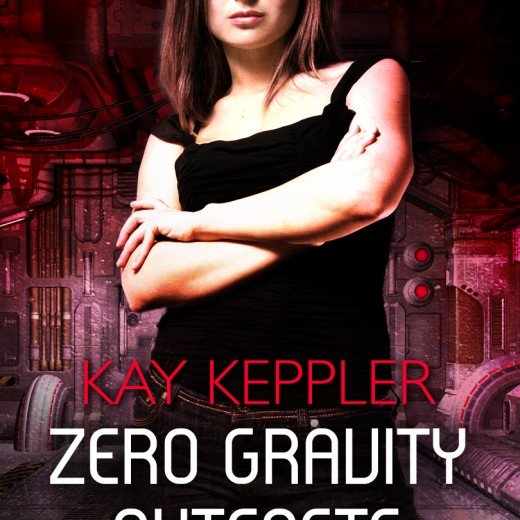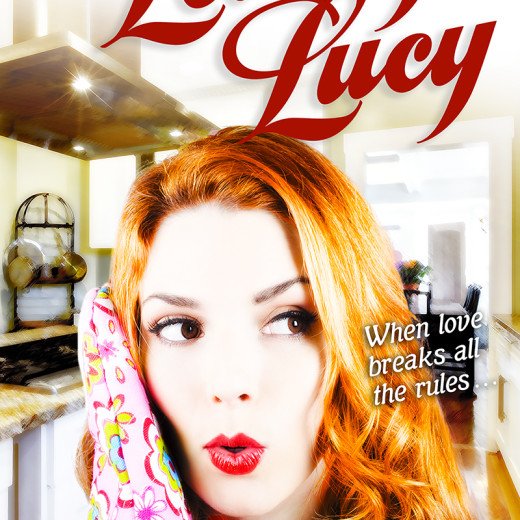How to Write a Scene: Using the Right Scene Glue: Transitions and Sequels
 Welcome to the next installment of craft posts by monthly guest columnist, Kay Keppler. Today she’ll share about book structure and how to create it. You can contact Kay through the Writer’s Fun Zone or at kaykeppler@yahoo.com to ask questions, suggest topics, or tell her she’s off her rocker. (She let me say that!)
Welcome to the next installment of craft posts by monthly guest columnist, Kay Keppler. Today she’ll share about book structure and how to create it. You can contact Kay through the Writer’s Fun Zone or at kaykeppler@yahoo.com to ask questions, suggest topics, or tell her she’s off her rocker. (She let me say that!)
***
Short stories are not easier to write than full-length books, but they do require different things. A short story might be just one scene, with its inciting moment, crisis, and resolution all flowing from one event. But if you’re writing a book, you’re looking at a whole different kettle of fish.
Longer works need tighter structure. If you don’t provide that structure, the pieces will fly off into the universe and get lost, or worse, strike some poor unsuspecting tourist in the head and knock them unconscious. Structurally speaking, your book needs to have an overarching plan, such as a three-act structure or a hero’s journey, or whatever method you choose, and then it needs to have multiple scenes that propel your characters along through the plot.
But those scenes have to flow into each other. They need to be connected to show readers how the actions of the previous scene have consequences in the next scene. Those scenes need glue to keep readers in the story.
The glue that holds one scene to the next is what gives your story its pace. Whether you’re writing a breakneck thriller like the The Bourne Identity, or a gothic romance like Jane Eyre, all stories must have a pace that keeps its readers engaged.
Jack Bickham says that there are two types of glue—the “transition” and the “sequel.” The transition is like scotch tape. It’s a quick and simple solution for holding an uncomplicated something together—like the wrapping paper on a child’s birthday present. The sequel is longer and more complicated and dense. It’s like gorilla glue. And if you’ve ever tried gluing your dining room table together after it fell off the second-story porch in a windstorm and then the pieces blew all over the neighborhood and got tossed back in your front yard by the recycling people, you know which sticky item you’d reach for first.
The light transition is everything we’ve known and loved since junior-high composition classes. “Three hours later,” “By the time I get to Phoenix,” and—thanks, Jack!—“Meanwhile, back at the ranch.” These short phrases are just footbridges that lift your readers from one scene to the next.
Sequels, though, are more involved. They enable you to reveal the character’s emotional state, or show his thinking as he considers his plight (or success) from the previous scene and what steps he’ll take next, or reveal information that needs to be considered now before he can go one step further. Sequels provide the information and characterization that can’t be provided in scenes.
A sequel begins for your viewpoint character the moment a scene ends (say, Jason has just evaded capture at the bank and again at the embassy, or Jane just found Rochester’s wife in the attic). The disaster of the scene plunges our hero into a period of emotion, followed by thought, followed by a new, goal-oriented decision, which results in some action toward the new goal. These are the four elements of the sequel, and they take our hero (and our sequel) to the next scene.
Essentially the scene is the action (and conflict!), and the sequel is the reaction. The scene is told moment by moment, and the sequel is the feelings—emotion and logic—that can span much longer time frames. You can think of the scene-sequel combination as war…and peace. Or crime…and punishment.
Sequels are useful not just to hold the action scenes together. They play an important role in the pacing of your story, and even in your plot development. A secondary character could enter in the sequel, changing the cast of characters or their incentive or direction. A sequel might be a place to introduce a humorous element. The sequel is the place where the hero might learn new information, or the love interest might set a clock to ticking.
Sequels might seem like the quiet and unassuming parts of your book, and in some ways they are. But they are essential to making the conflict and action scenes work. And if you don’t think that’s important, just try sticking together my dining room table with scotch tape. And then we’ll talk.
***
 Kay Keppler (www.kaykeppler.com) is an author (Zero Gravity Outcasts, Betting on Hope) and editor of fiction and nonfiction (Asylum Harbor, Pragmatic Guide to Sass) who lives in northern California. Thanks to Jack M. Bickham and his book Scene & Structure (Writer’s Digest Books) for help with this column. Contact her here or at kaykeppler@yahoo.com to ask questions, suggest topics, or if you prefer, complain.
Kay Keppler (www.kaykeppler.com) is an author (Zero Gravity Outcasts, Betting on Hope) and editor of fiction and nonfiction (Asylum Harbor, Pragmatic Guide to Sass) who lives in northern California. Thanks to Jack M. Bickham and his book Scene & Structure (Writer’s Digest Books) for help with this column. Contact her here or at kaykeppler@yahoo.com to ask questions, suggest topics, or if you prefer, complain.






